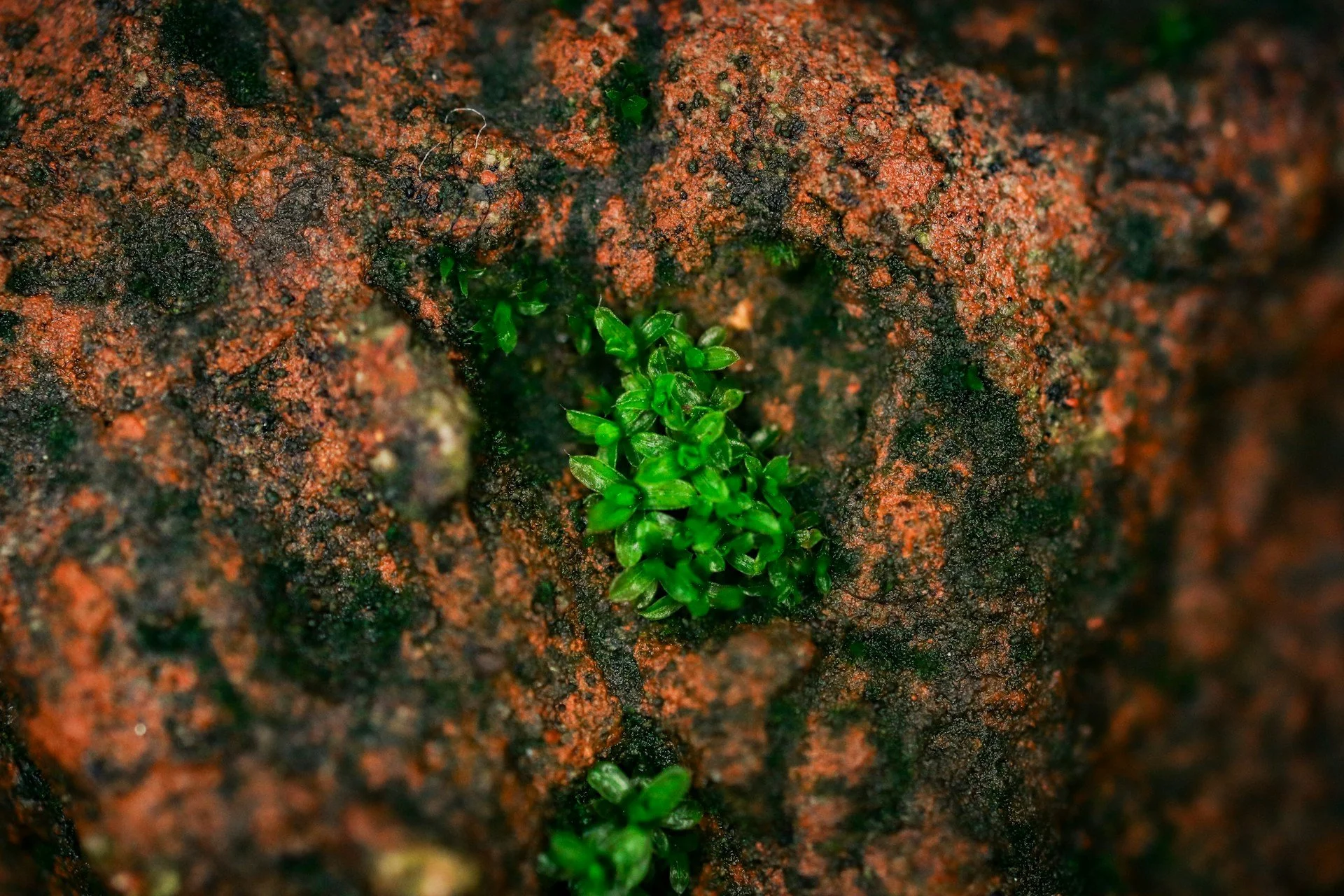Exploring What a Green Mars Could Mean, For Mars and Earth
Image credits: Sebastian Olivos | Unsplash
Earlier in September, Pioneer Labs and the Astera Institute convened the second Green Mars Workshop. I was thrilled to be invited to join these deep-dive conversations exploring what it might take to make Mars more amenable to life. Here’s the working definition of terraforming that we used during this workshop: engineering that makes a planet more hospitable for life.
Why Mars Research Matters For Earth
While our focus was Mars, our conversations reached far beyond the red planet. Ideally, insights from such research and development would also inform Earth’s future, from climate resilience to regenerative closed-loop ecosystems to breakthroughs in biomanufacturing and bioengineering. In short, learning what life can do elsewhere may help us sustain the only green planet we know today—Earth.
I was particularly intrigued by a brief, kickoff talk about what “green” means in this context. Participants in the workshop framed “green” in multiple ways: literally green, with a thriving biosphere; philosophically green, rooted in sustainability; and practically green, with essentials for life produced through regenerative cycles.
The Challenges and Opportunities of Terraforming
Place in a photo here to break the chunky text.
The first panel set the tone by weighing Mars’ harsh but intriguing conditions, the power and infrastructure needed to support settlements, and the (potential) role of biotechnology in enabling food and material production at far greater efficiencies than photosynthesis. Panelists noted the parallels between greening Mars and geoengineering on Earth, emphasized the testbed value of Mars for planetary-scale experiments, and highlighted the cultural, psychological, and planetary protection considerations that must shape a sustainable Martian future. Yes, there are complex controversies embedded in each of these ideas … which is why it’s so important to have these conversations early and often!
Technical sessions on Day 1 of the workshop spanned Mars’ climate today and how to model and monitor it; quantitative assessments of what would actually be required for terraforming; potential methods for warming Mars in the 21st century; and approaches to building biospheres and self-growing habitats beyond Earth. Discussions also touched on carbon loops off-planet, biomanufacturing for food and plastics, the priority products humans would need, and the possibilities and limits of bioengineering microbes for Mars — always with planetary protection and careful governance at the center. Overall, I was overwhelmed by the science on display; it seems silly to say “there are really smart people working on really hard problems”, but that’s the truth!
Image credits: Jesse Chan | Unsplash
A panel conversation at the end of Day 1 sought to unearth insights and surprises from the earlier sessions, such as the value of simple, passive approaches that use minimal resources, whether for biomanufacturing, habitat design, or life-support systems. Planetary protection was highlighted as both underfunded and essential, with participants stressing the need for primers to build shared understanding across disciplines. Looking ahead, proposed mission concepts ranged from distributed weather monitoring and early bioreactor experiments to precursor demonstrations of warming techniques and opportunistic science using cargo drops. Across the board, there was strong agreement that technologies developed for Mars could also strengthen Earth’s climate resilience and food security (and hopefully much more).
Looking Ahead: Futures On and Off Earth
Overall, the goals of the workshop were clear: define the most important technical questions, explore next steps that can be pursued now, and strengthen the networks that will carry this work forward. Every bold idea needs new collaborators, new perspectives, new ideas, and new dreamers.
Most importantly to me, the idea of a “green Mars” isn’t just a vision of the future. It’s a mirror for thinking differently about Earth today … and for expanding the horizons of what life can achieve.
💡 What possibilities stand out to you — for Mars, for Earth, or for both?
If this article sparked your curiosity, you might want to explore these too:
🚀 The Future of the Space Economy: Profit, Purpose, and the Path to Sustainability | Read the article here
🚀 Exponential Technologies and the Future of Mars: Building a Sustainable Off-World Civilization | Read the article here
🚀 Reverse Pitches: Identifying the Hardest Problems for Mars and Earth | Read the article here
🚀 Designing Digital Wellbeing for Space: Building a Human-First Digital Future | Read the article here
🚀 So… Why Space? | Watch video clip here
🚀 Can We Really Build a Circular Bioeconomy Both on Earth and in Space? | Watch video clip here
🚀 Innovation for Mars and Impact on Earth | Watch the video clip here
🚀 Biology as Technology: Advanced Biosystems for Space Exploration | Listen to the podcast here
About Tiffany
Dr. Tiffany Vora speaks, writes, and advises on how to harness technology to build the best possible future(s). She is an expert in biotech, health, & innovation.
For a full list of topics and collaboration opportunities, visit Tiffany’s Work Together webpage.
Get bio-inspiration and future-focused insights straight to your inbox by subscribing to her newsletter, Be Voracious. And be sure to follow Tiffany on LinkedIn, Instagram, Youtube, and X for conversations on building a better future.
Buy Tiffany a Cup of Coffee | Image credits: Irene Kredenets via Unsplash.
Donate = Impact
If this article sparked curiosity, inspired reflection, or made you smile, consider buying Tiffany a cup of coffee!
Your support will:
Spread your positive impact around the world
Empower Tiffany to protect time for impact-focused projects
Support her travel for pro bono events with students & nonprofits
Purchase carbon offsets for her travel
Create a legacy of sustainability with like-minded changemakers!
Join Tiffany on her mission by contributing through her Buy Me a Coffee page.




